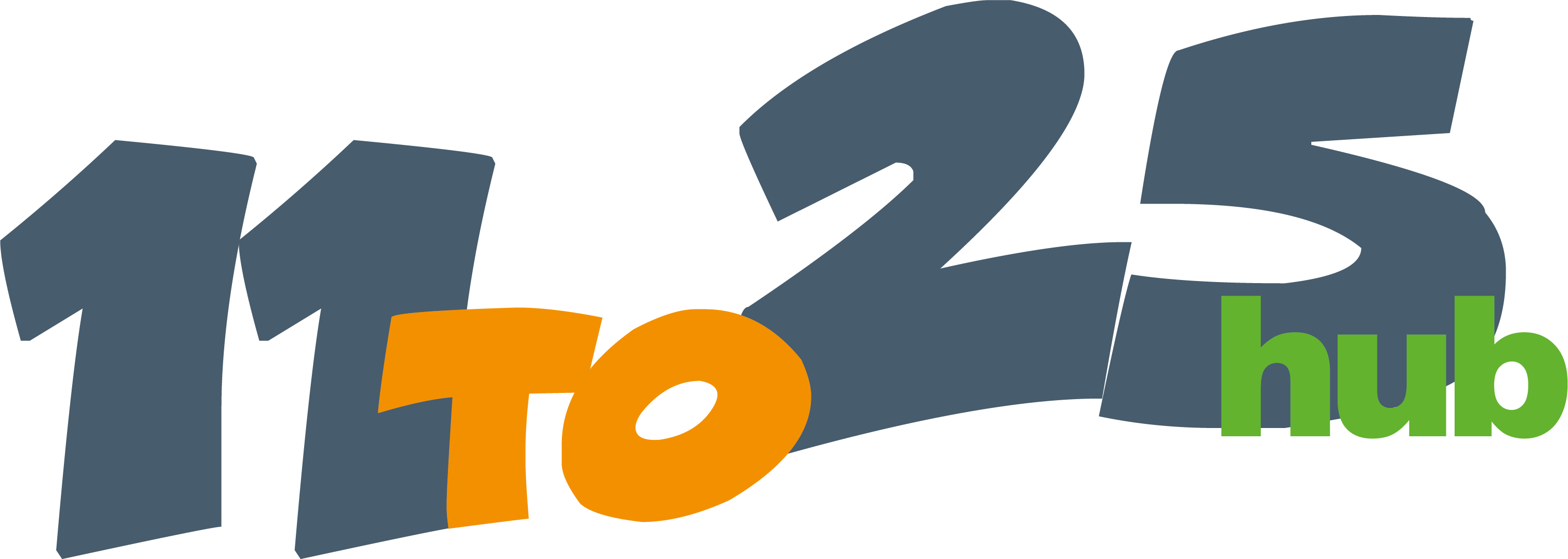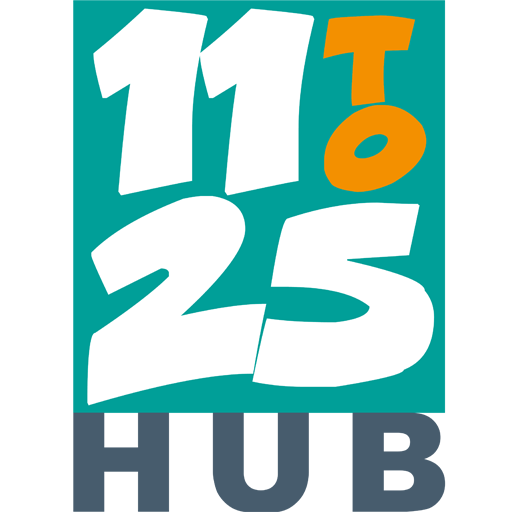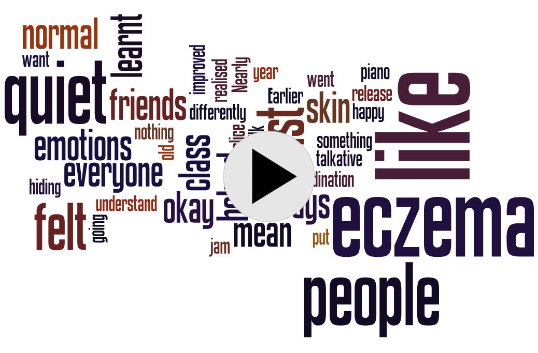Introduction
The life-stage that coincides with the ages of transition from adolescent care to adult care services is characterised by significant physical, emotional, and mental changes. Most adolescents are in good physical health, but there can be other threats to their wellbeing, for example risky behaviours, the environment in which they live, or their family’s living arrangements,
HEADSSS (and you may also see it written as HEADS, HEADSSS or HEEADSSS) is an evaluation tool used by doctors, nurses and social workers that provides a framework with which to assess the risks faced by an adolescent. HEADSSS is an acronym for this process, which has been successfully used since the 1980s.
Each letter stands for a different aspect of a young person’s life that can affect their wellbeing:
- Home environment
- Education, Employment and Eating
- Activities
- Drugs and Drinking
- Sex
- Self-harm, depression and suicide
- Safety (including social media/online)
- Sleep.
The assessment and the questions asked may also change as new areas are added, such as Sleep. Understanding what HEADSSS is, why it is helpful and who is involved in the assessment is important for all.
What we'll be covering
Here we will look at the HEADSSS assessment and:
We will also:
What is a HEADSSS assessment and what is it for?
A person’s wellbeing and health is not just affected by what goes on in their body, but very much also by their life circumstances.
To find out if there are any difficult areas in a young person’s life, which may impact on their health, their ability to look after themselves, healthcare teams need to ask about what goes on in other areas of their life.
It is part of taking in interest in the young person as a whole, and part of being aware of with challenges they may be facing.
The questions are often about sensitive topics, and it is very important, that they are asked in a safe space, where it is clear, what confidentiality means.
The HEADSSS assessment is a structure, which was developed to help healthcare teams ask the key questions about the important areas of a young person’s life.
If an area of difficulty is found, then the healthcare team can support the young person in finding help or treatment which may be needed. Often, there is no problem, but often there may be something, that is important for the young person.
Examples of what might be talked about include whether the young person may:
- have added stress because a parent is sick at home, and they have to care for them
- be struggling at school
- be in a workplace where the work is making their condition worse
- have started smoking, drinking or be around drugs
- be struggling with their mental health or be self-harming.
Tricky, tough or tender conversations?
The conversations that forma part of the HEADSSS assessment are really important and, sometimes, deeply personal because they touch upon very key parts of a young person’s home, family, personal and educational life. In her new book Listen: How to Find the Words for Tender Conversations, Kathryn Mannix advocates for the framing and shaping of these processes as “tender conversations”, not based on a checklist or bullet list of what must be asked and answered, but almost as a dance in which all parties to the conversation participate.
It is important for young people, their families, carers, friends, trainers and their healthcare teams to understand the why HEADSSS assessments matter.
Here is a short (4.5 minute) video which puts the HEADSSS assessment in context. It was developed by an Australian team – but relevant here and anywhere.
Although the materials presented here are, in general, addressed to the young person, the principles are the same for all involved. So please read on…
Why am I having a HEADSSS assessment?
All healthcare staff involved in the clinical care of young people are encouraged to check if there are any psycho-social risk factors in a young person’s life.
This should be done for every young person in their care and means that you will be asked questions from the HEADSSS assessment as a matter of routine.
Sometimes it may just be one or two of the questions. Sometimes all areas will be covered.
It is important to understand that asking questions about what’s happening at home, at school, at work, with friends or partners, with drugs or alcohol, and how you feel are all part of your care. Hidden distress can be a difficult thing for young people – that’s why we ask and do psychosocial assessments.
Where will the HEADSSS assessment happen?
As part of the healthcare transition process young people should be offered a conversation with the nurse, doctor or other healthcare staff by themselves.
A full HEADSSS assessment, especially when sensitive and very private topics are discussed should happen in a quiet and confidential space.
Communication with adolescents
Who does the HEADSSS assessment?
The HEADSSS assessment
Parents and carers need to understand that these assessments are done routinely, and young people need to know that these assessments are part of their care.'The doctor created a safe space. Until she explained about the HEADSSS assessment, I never thought that she'd be dealing with that part of my life. It was only after, that I talked more about what was happening at school and how I felt'
Seema
Young person
Lived experience
Stories are a powerful way of learning and can help put your learning into context.
Watch or listen to the story below and think about how it relates to the material in this module.
Elisha’s battle
Summary
You should now understand that the HEADSSS assessment is part of the care for young people.
It is done to help support young people, especially with difficult issues.
Staff may not have all the answers, but they will listen and not judge.
What is shared is confidential between the young person and the healthcare team unless the risk of harm to the young person is extremely high or they pose a risk of harm to others.
If you want to know more...
There are plenty of ways to find out more. One great one is to use your NHS account to access services online on your computer, tablet or mobile phone.
Find more information on the 11to25hub
Why not dip into one of our other modules, where you can find out about other aspects of healthcare transition in more detail.
Bust the jargon!
Whether you’re a young person, a parent or a professional you’ll have realised that there’s a lot of jargon in the health and social care systems. This jargon buster from Think Local Act Personal may help. Just type in a term…
External resources
Here are some more resources that you may find helpful, engaging and informative:
- The HEADS-ED website, developed in Canada, is a helpful site if you wish to understand more about the HEADS-ED assessment. It was developed mainly for clinical teams but gives information for young people and families as well. You’ll find some helpful video clips there, and the site also allows anonymous online completion of a HEADS-ED assessment
- The HEEADSSS website aims to promote screening as a routine part of health, education or social care interventions as well as to provide direct links to national and local resources. It was developed by passionate child health professionals and made possible by a grant from Health Education England.
- There is an overview of the HEADS assessment, the types of questions that can be asked and a little bit of background to the history and use of the tool on the Don’t Forget the Bubbles website
- If you’d like to know more about the questions that might be asked then Getting into adolescent heads: An essential update can help
- There is some guidance for practitioners on the Paediatric Pearls website.
- The RCPH Young People’s Heath Special Interest Group have created an app that explores the use of the HEADSSS assessment and gives examples of the questions that might be asked.
How useful was this page?
Click on a star to rate it!
Average rating 4.3 / 5. Vote count: 8


